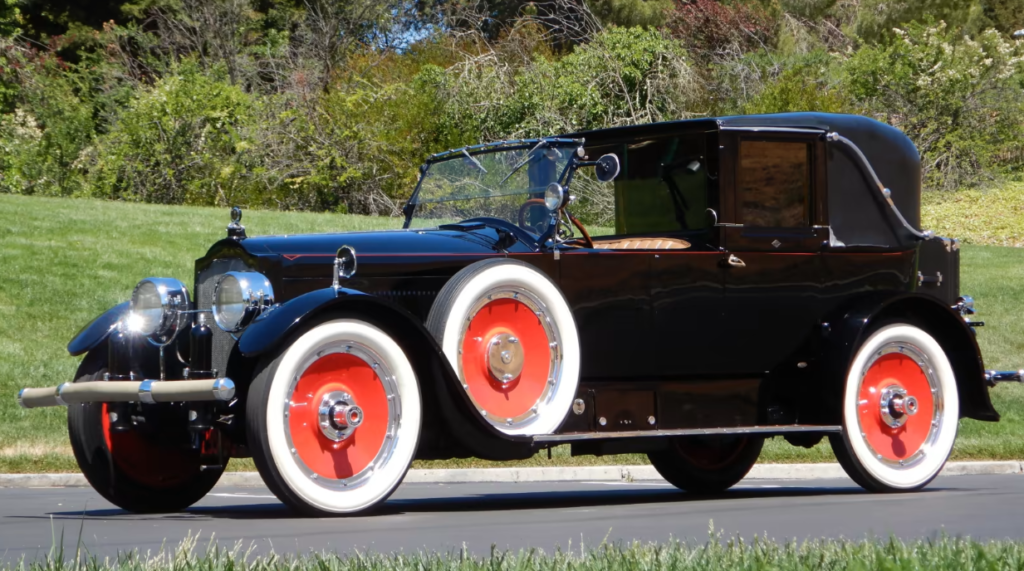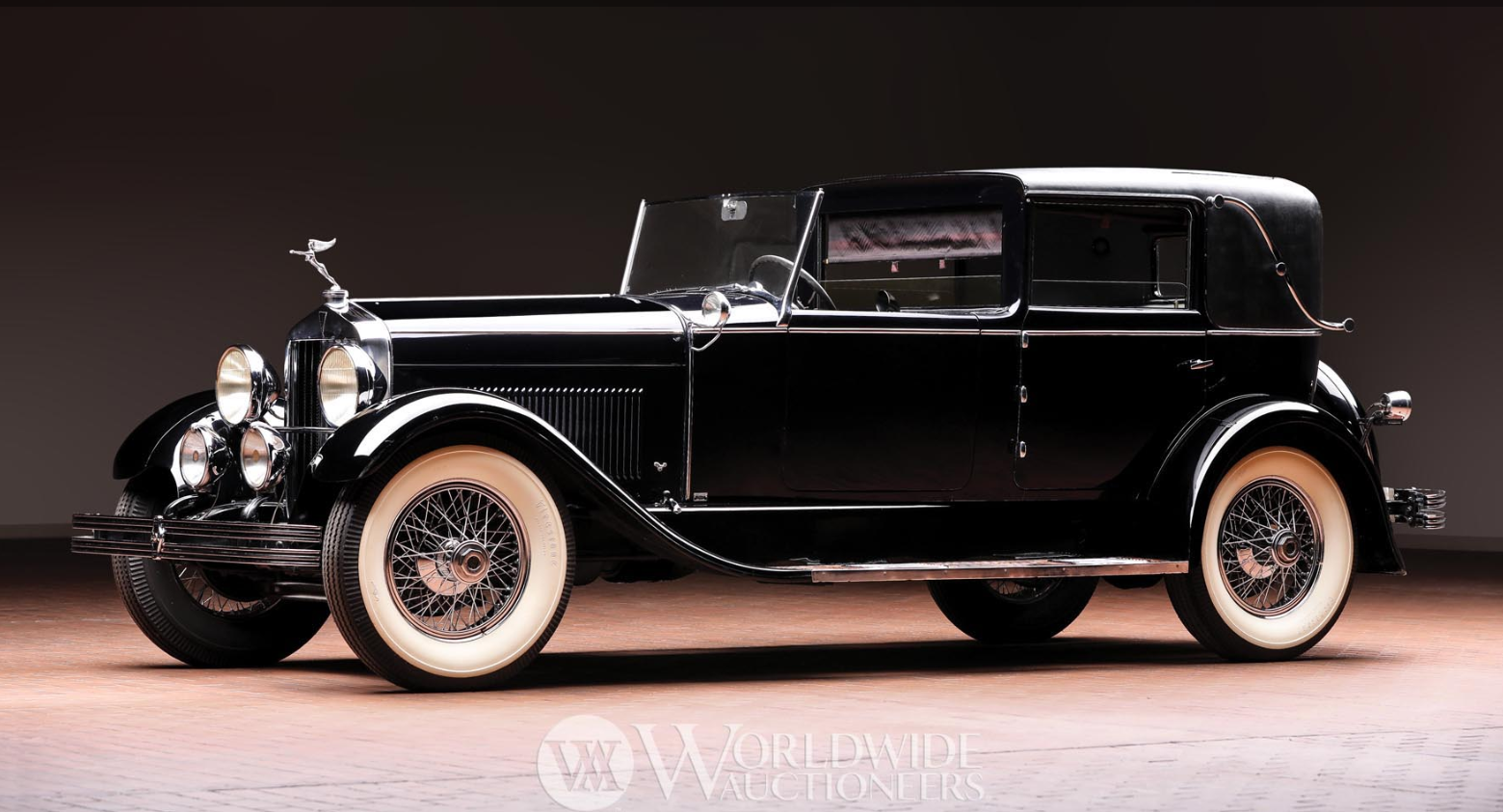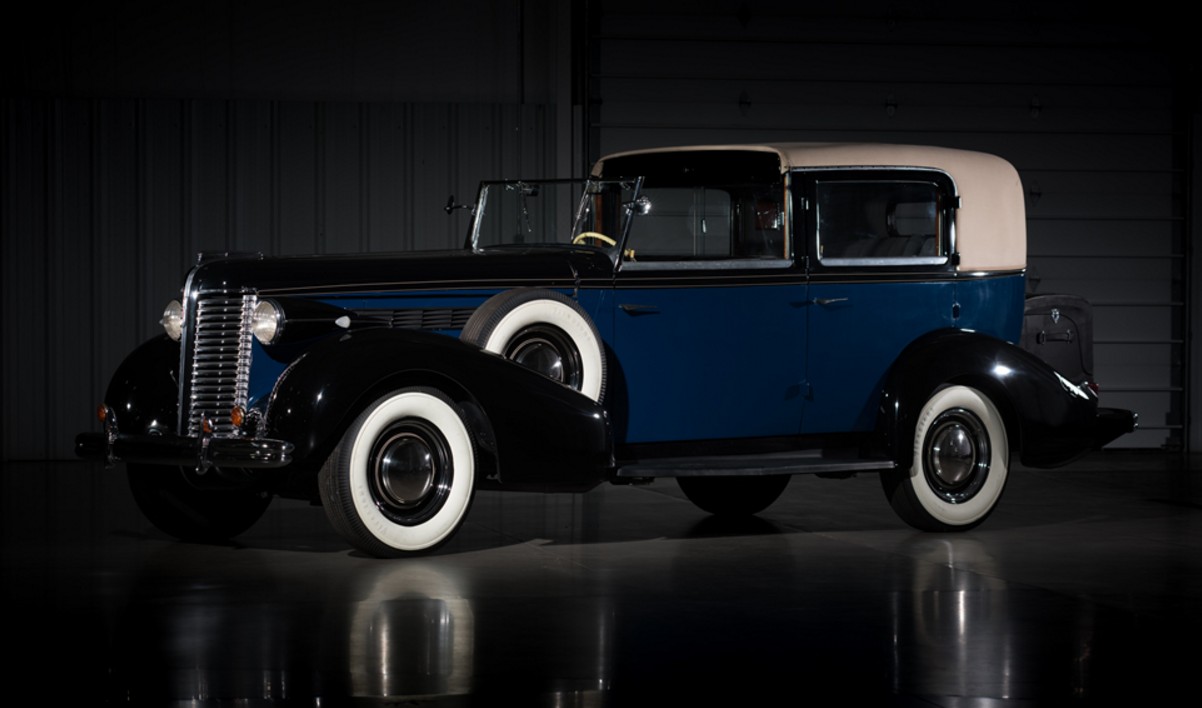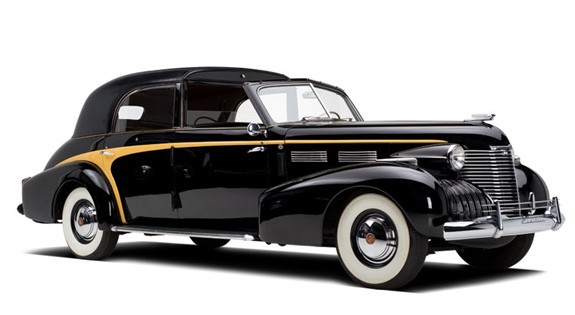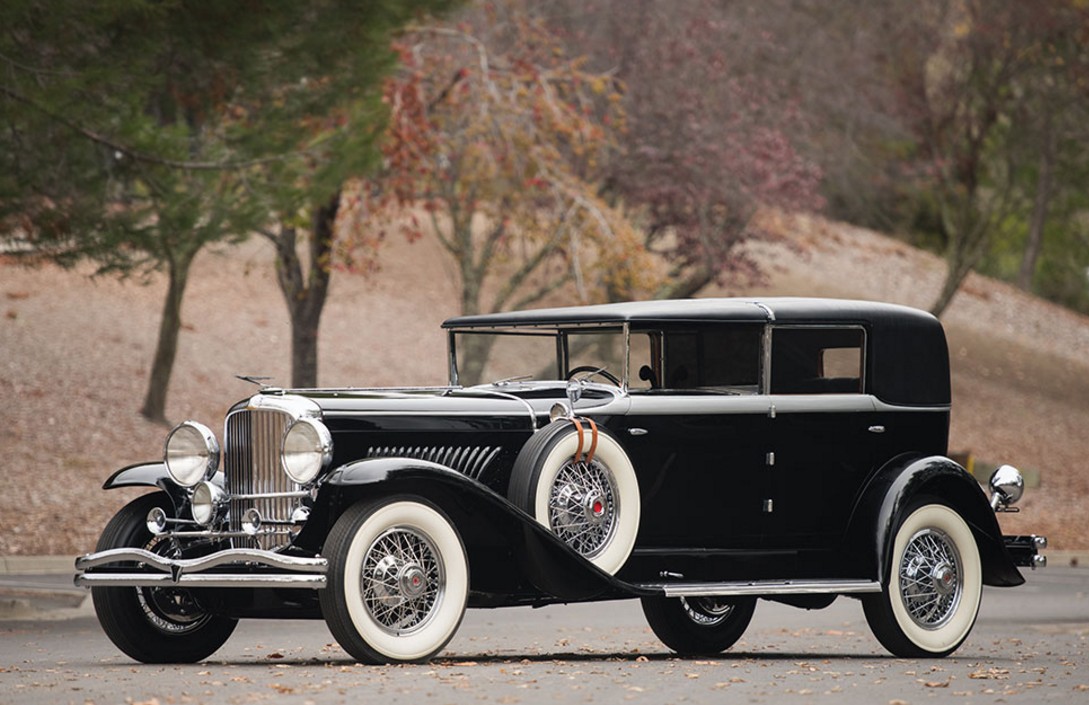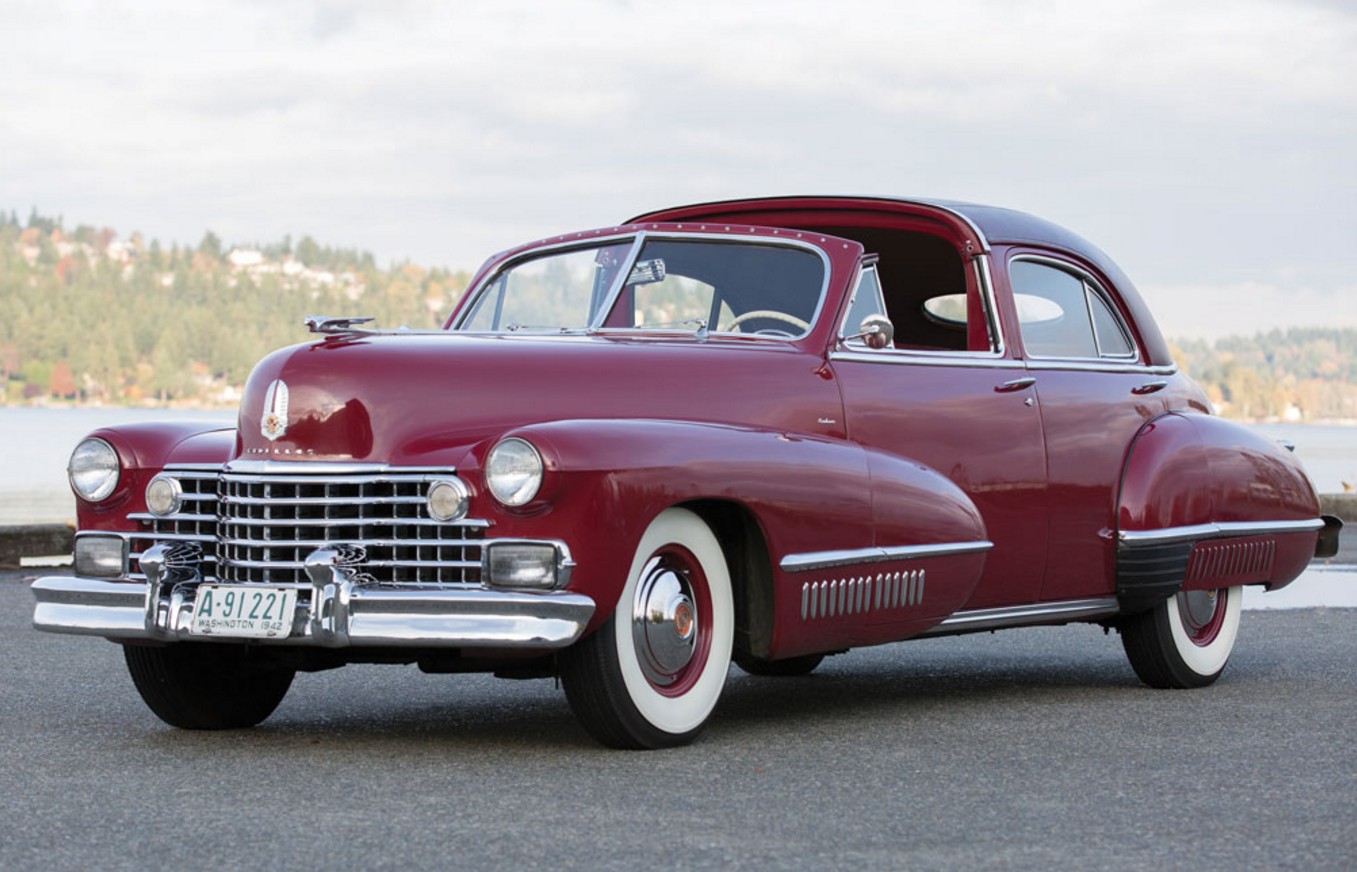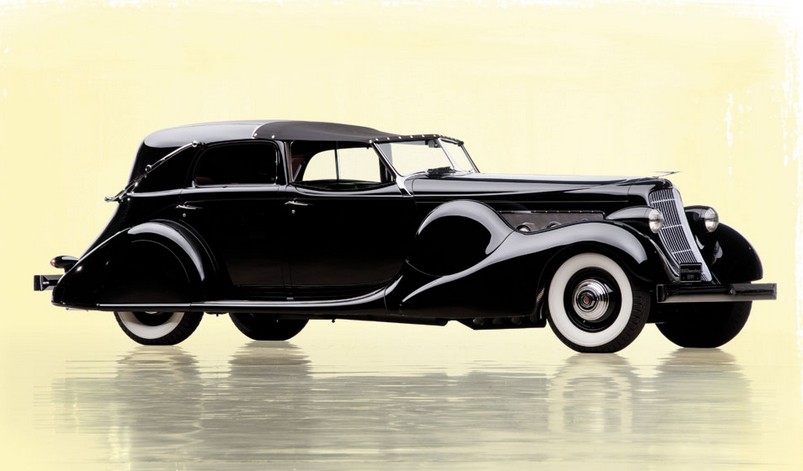1919 Locomobile Model 48 6-Fender Town Car
Offered by Bonhams | Greenwich, Connecticut | June 3, 2012

Locomobile was one of the first big American automakers and the marque is a testament to the importance of the Stanley brothers in the history of the automobile. The publisher of Cosmopolitan magazine, John B. Walker, bought the design of the Stanley’s first steam car and put it into production. The Stanley brothers were General Managers until they left in 1902 to start Stanley, which would become Locomobile’s largest rival.
The Model 48 was introduced in 1911 and it had a wheelbase almost 30 inches longer than that of a modern Chevrolet Suburban. The 8.6-liter straight-six makes around 48 horsepower. Most of the powertrain components were cast in bronze and the chassis was made of chrome-nickel steel – which helps explain why so few of these imposing automobiles survive to this day: scrap drives during the Second World War made these cars a lot more valuable in pieces than they did as a 20-something-year-old used car. This car was made using only the finest materials – the only thing, I guess, they could have done to make it even more over-the-top would have been to build it entirely out of gold and platinum – although it wouldn’t be quite so solid.
The body was built by Demarest and the layout is one you don’t see that often – a six-fendered town car. The fifth and six fenders sit just in front of the rear passenger compartment and I suppose exist to make each and every passenger feel a little like Cinderella being helped from her carriage. Bonhams claims that this car cost, when new, three times that of an open-bodied Model 48 – which I’ve read elsewhere would have cost around $10,000 in 1920 – which helps explain why Locomobile failed along with parent company Durant Motors at the onset of the Great Depression
This was about as grand a car as you could buy in 1919. And all of this grandeur will set you back somewhere between $60,000-$80,000. Which is a deal. For the complete description, click here. And for the rest of Bonhams’ lineup at the Greenwich Concours, click here.
Update: Sold $70,200.
